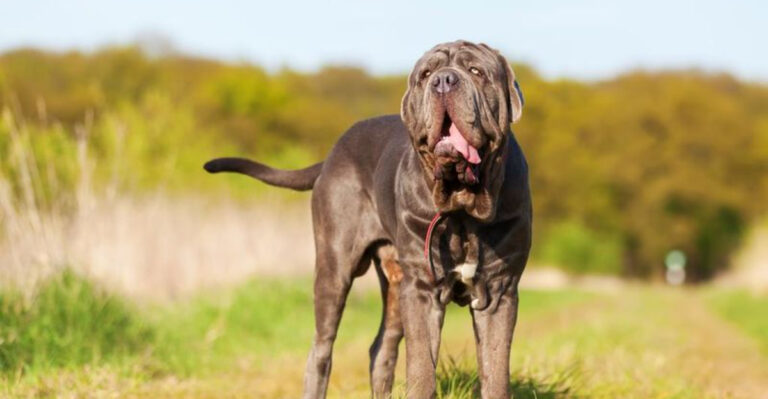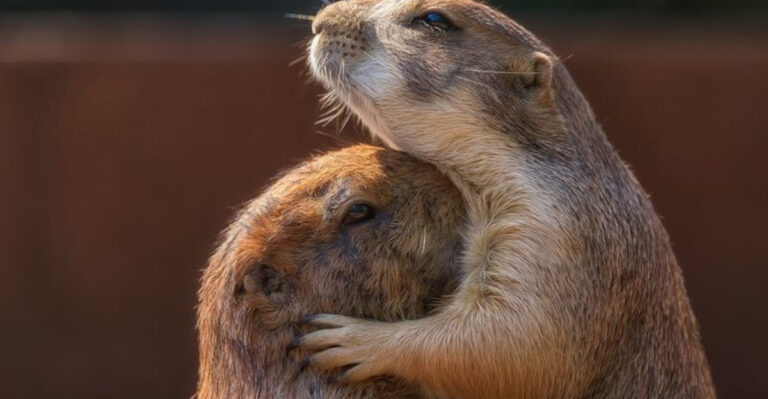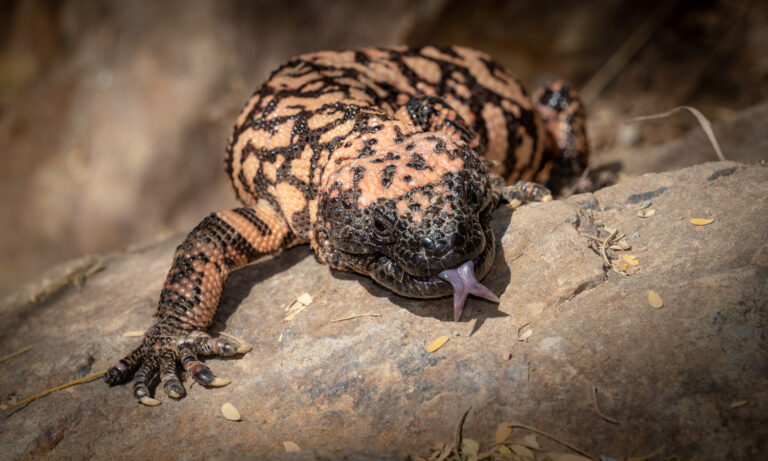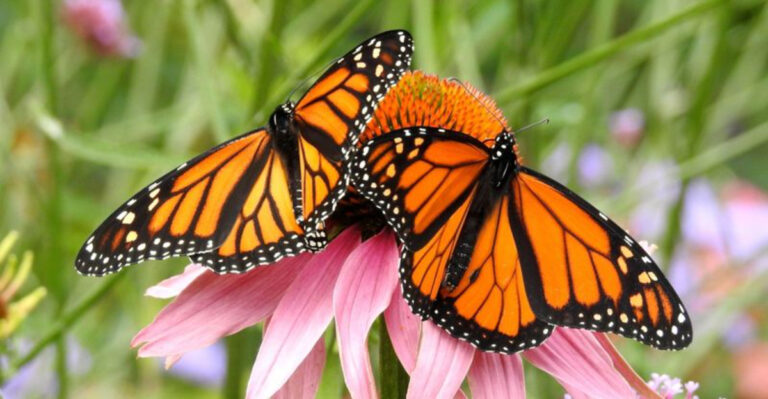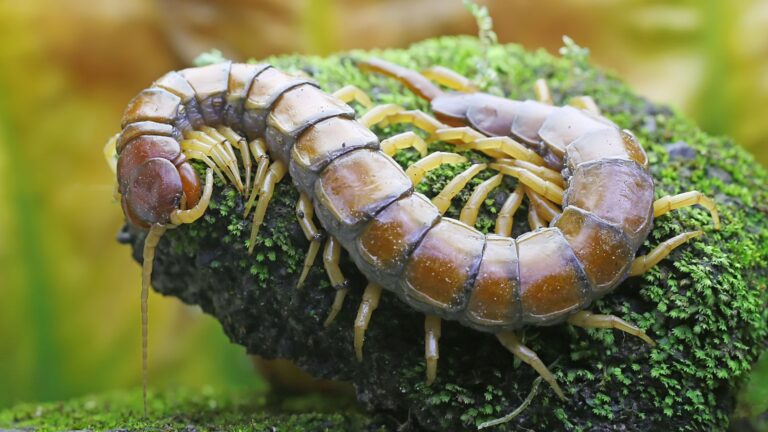15 Considerations And Techniques For Grooming A Senior Cat

Growing old isn’t easy for our furry companions, especially when it comes to staying clean and comfortable. As cats enter their golden years, their grooming needs change dramatically due to decreased flexibility, health issues, and other age-related challenges.
Understanding how to properly groom your senior feline friend not only keeps them looking their best but also helps you spot potential health problems early.
1. Gentle Brushing Sessions
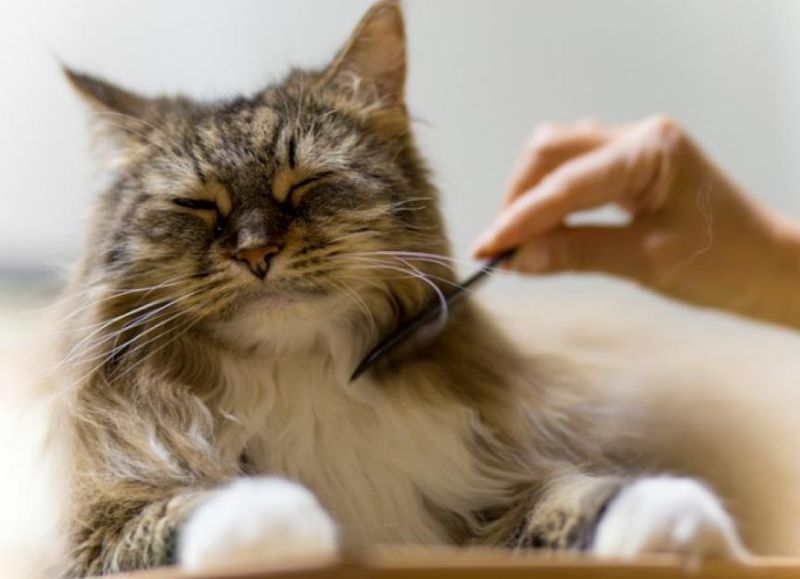
Short, frequent brushing beats marathon grooming sessions for elderly cats. Their sensitive skin requires a soft touch, and many seniors tire quickly during grooming.
Pick a time when your cat seems relaxed, perhaps after a meal when they’re feeling content. Use a brush specifically designed for senior cats with softer bristles that won’t irritate their aging skin.
2. Dealing With Matted Fur
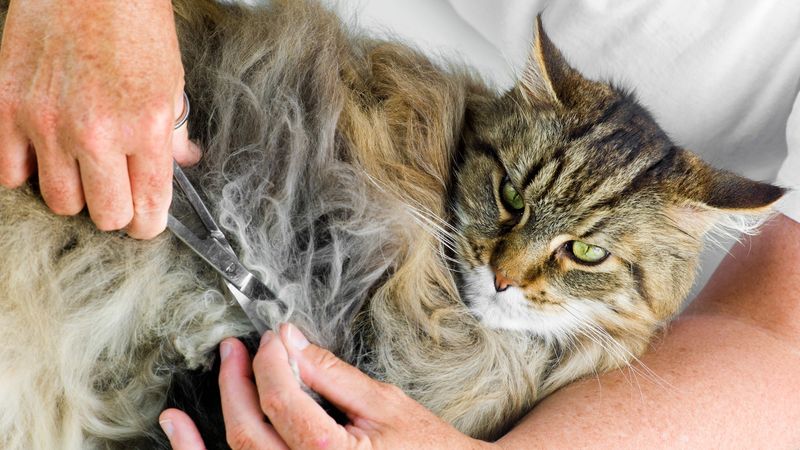
Matting becomes more common as cats age and struggle to reach all areas during self-grooming. Never pull or cut mats with regular scissors – this can painfully catch skin.
For minor mats, try working them out gently with your fingers first, then a wide-toothed comb. Severe matting requires professional help from a groomer or vet who specializes in senior pets.
3. Paw Care Essentials
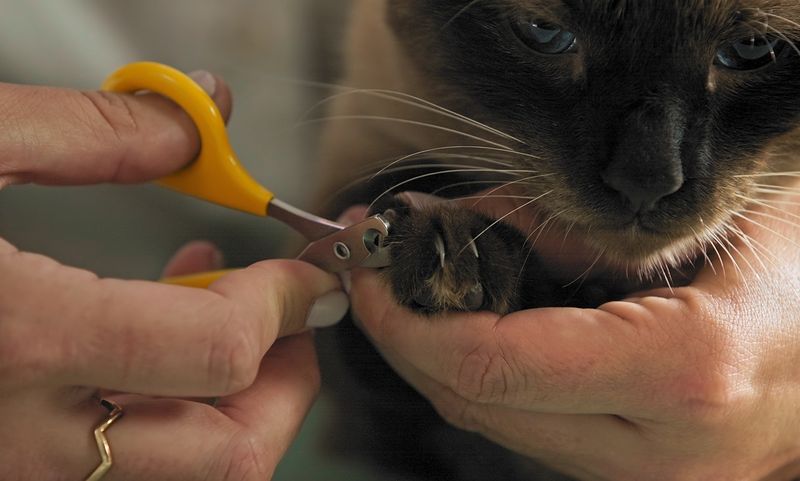
Senior paws need extra attention as claws often become thicker and may grow into painful curves if neglected. Arthritis can make natural scratching difficult for older cats.
Check paws weekly for cracks, swelling or debris. Trim nails every 2-3 weeks using proper cat clippers, taking care to avoid the quick. Moisturize dry paw pads with pet-safe balm during winter months.
4. Bathing Adaptations
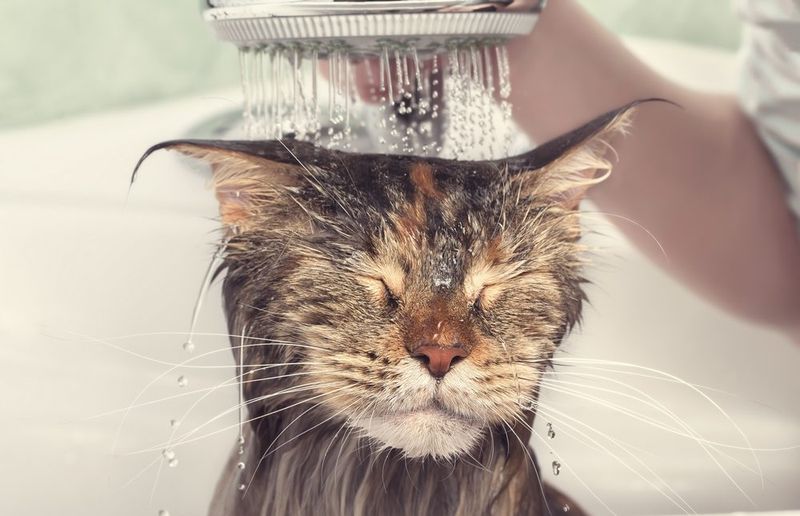
Most cats hate water, and seniors are even less tolerant of full baths. Fortunately, complete baths are rarely necessary unless recommended by your vet for specific conditions.
Spot cleaning with pet-safe wipes works wonders for most situations. When a bath is unavoidable, use warm (not hot) water, non-slip mats, and pet-specific shampoo. Keep sessions brief and have warm towels ready.
5. Ear Cleaning Protocol
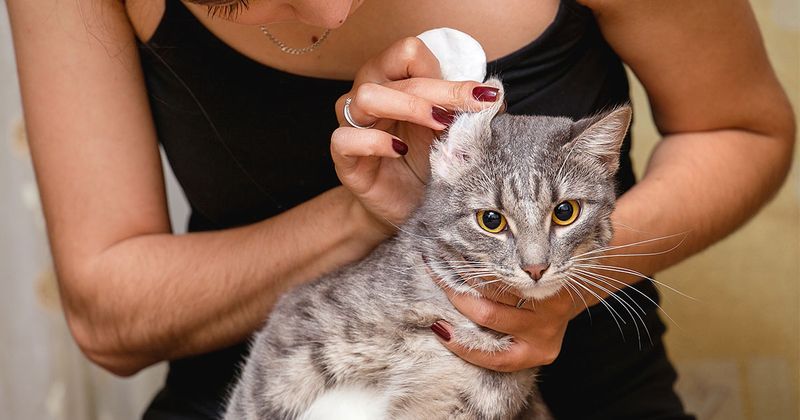
Ear problems increase with age as immune systems weaken. Checking ears weekly helps catch infections early – look for redness, discharge, or unusual odors.
Clean only the visible part using a cotton ball (never cotton swabs) dampened with vet-approved cleaner. Hold the ear flap gently and wipe away visible dirt. Excessive wax or black discharge warrants a vet visit immediately.
6. Eye Care Techniques
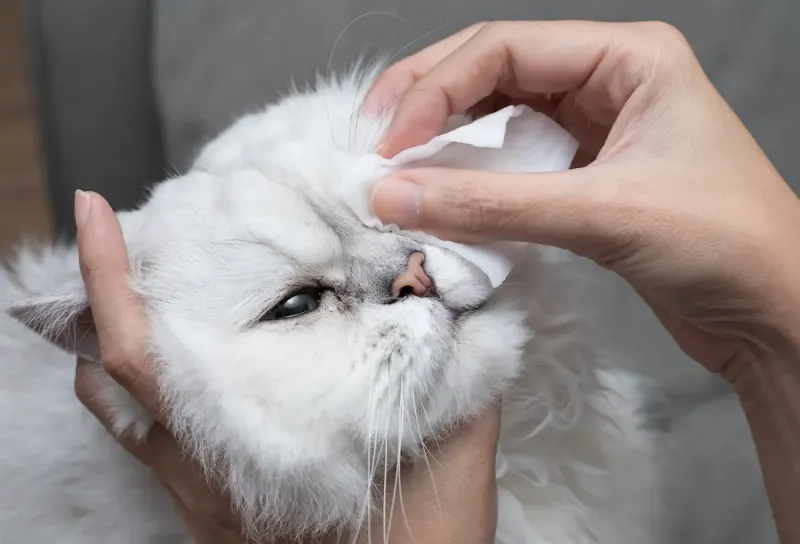
Cloudy eyes and increased discharge are common in aging felines. Regular cleaning prevents uncomfortable buildup and helps you notice changes that might indicate health issues.
Dampen a soft cloth with warm water and gently wipe from the inner corner outward. Use separate cloths for each eye to prevent cross-contamination. Persistent redness, cloudiness, or squinting deserves prompt veterinary attention.
7. Dental Hygiene Approaches
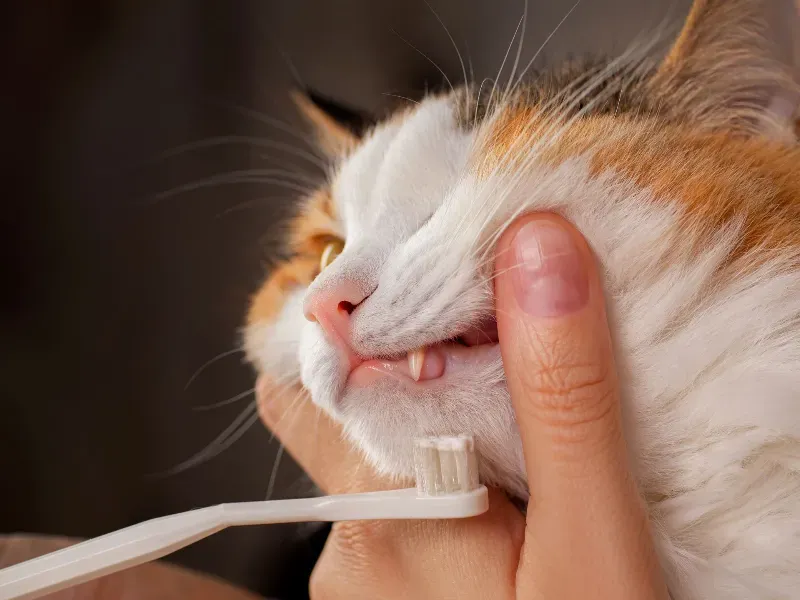
Dental disease affects most senior cats, causing pain and potentially serious health complications. Bad breath isn’t normal – it’s usually a sign of dental problems.
Introduce tooth brushing gradually using cat-specific toothpaste (never human products). Finger brushes work well for beginners. If brushing proves impossible, dental treats, gels, or water additives approved by your vet can help reduce plaque.
8. Mobility-Friendly Grooming Stations
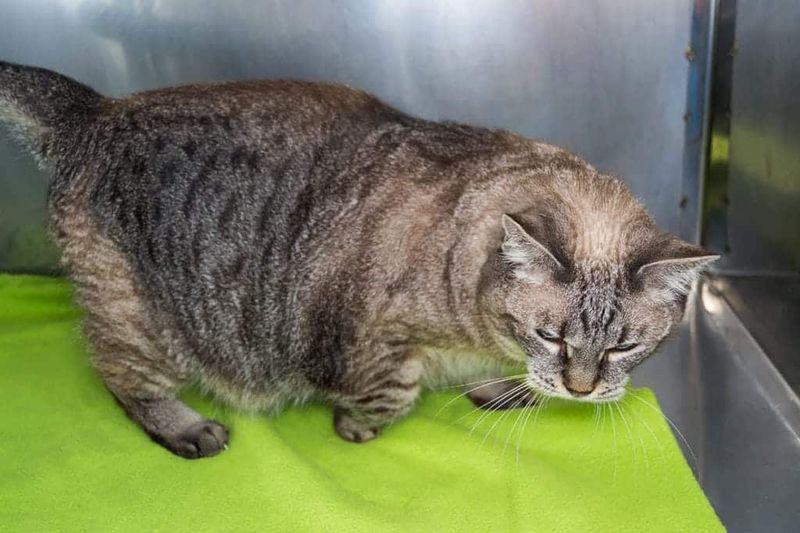
Jumping onto high surfaces becomes challenging for arthritic seniors. Create a comfortable grooming spot at their level – perhaps a cushioned mat on a low table or even the floor.
Ensure the area is warm, draft-free, and has good lighting so you can see what you’re doing. Non-slip surfaces help your cat feel secure. Consider placing the station near a window or favorite spot to make grooming less stressful.
9. Handling Sensitive Areas
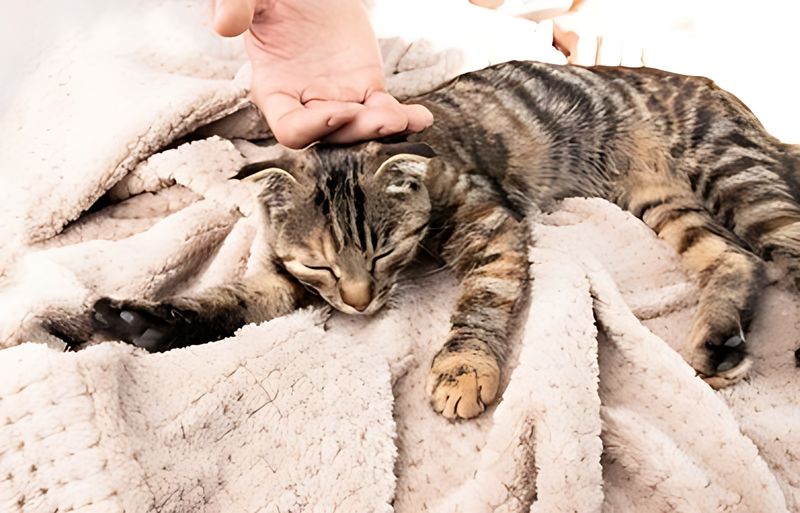
Aging cats often develop tender spots due to arthritis or other health conditions. Watch your cat’s body language closely during grooming – flattened ears, tail swishing, or skin twitching signal discomfort.
Approach sensitive zones like the belly, hips, and base of tail with extra gentleness. If your cat shows pain when touched in certain areas, make note and discuss with your veterinarian as this could indicate underlying issues.
10. Adapting To Decreased Flexibility
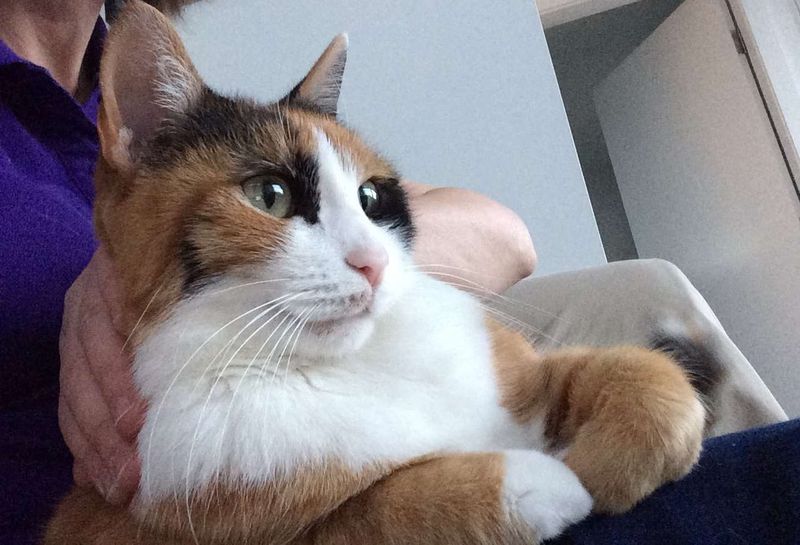
Remember when your spry kitty could twist into impossible positions to groom? Those days fade with age as joints stiffen and flexibility diminishes.
Focus extra attention on hard-to-reach areas like the lower back, base of tail, and rear legs. These spots often develop dandruff or greasiness in seniors. Using a grooming glove allows you to massage while removing loose fur, improving circulation to stiff muscles.
11. Managing Excessive Shedding
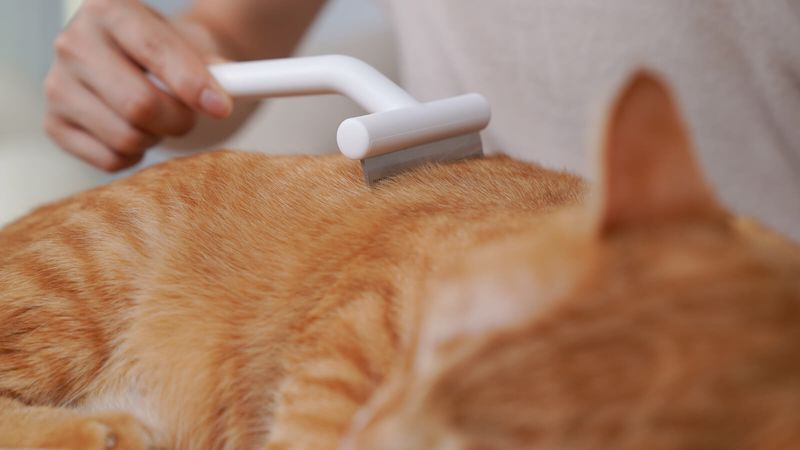
Hormone changes and aging skin can cause seniors to shed more than they did in their younger years. This excess fur becomes problematic when they can’t groom effectively.
Daily brushing with a deshedding tool designed for seniors removes loose fur before it can form hairballs. Omega-3 supplements (vet-approved) often improve coat condition and reduce shedding. Remember that sudden excessive shedding warrants veterinary investigation.
12. Stress Reduction Strategies
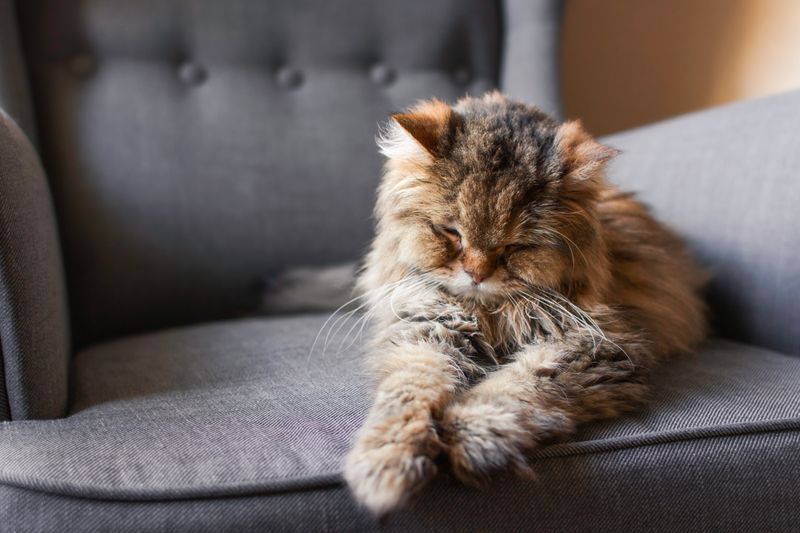
Grooming anxiety increases with age as cats become more set in their ways. Rushing through sessions only creates negative associations that make future grooming harder.
Start with 5-minute sessions in a quiet room without other pets. Offer treats before, during, and after grooming to create positive connections. Pheromone diffusers like Feliway can help create a calming atmosphere for anxious seniors.
13. Addressing Weight-Related Challenges
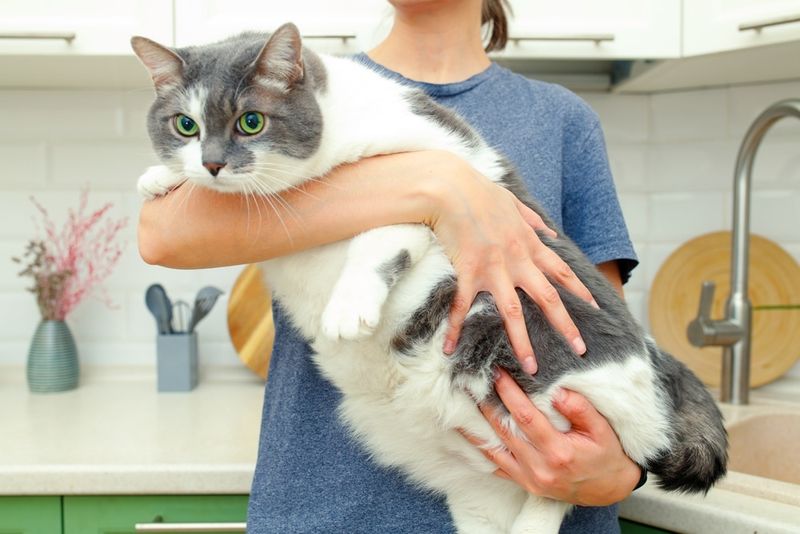
Many senior cats struggle with weight issues – either becoming too thin or developing obesity. Both conditions create unique grooming challenges.
Overweight seniors can’t reach many body areas and may develop skin folds requiring special cleaning. Underweight cats have less padding over bones, making grooming uncomfortable. Adjust your techniques accordingly, using extra gentle approaches for bony areas and taking care to clean between folds.
14. Recognizing Health Warning Signs
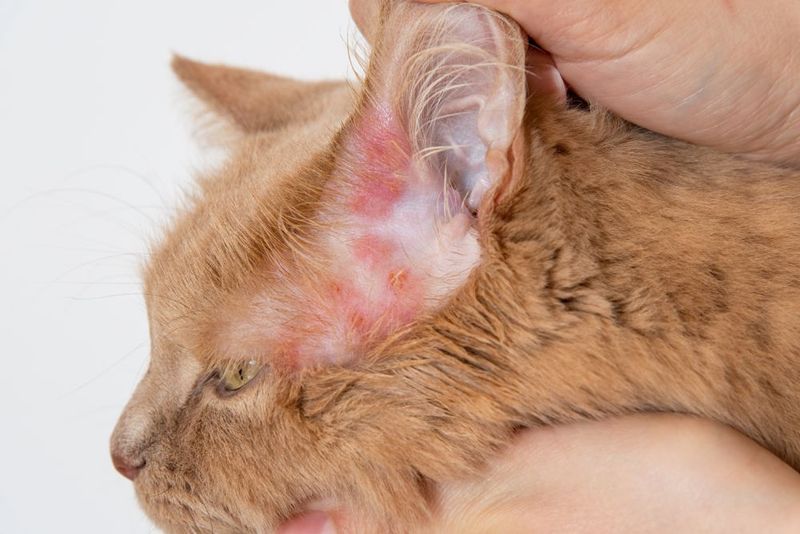
Regular grooming sessions double as health check opportunities. Changes in your cat’s coat, skin, or grooming habits often signal developing problems.
New lumps, sores, bald patches, or excessive dandruff deserve veterinary attention. Watch for increased resistance to being touched in specific areas. A sudden aversion to grooming might indicate pain or illness rather than simple feline stubbornness.
15. Professional Grooming Considerations
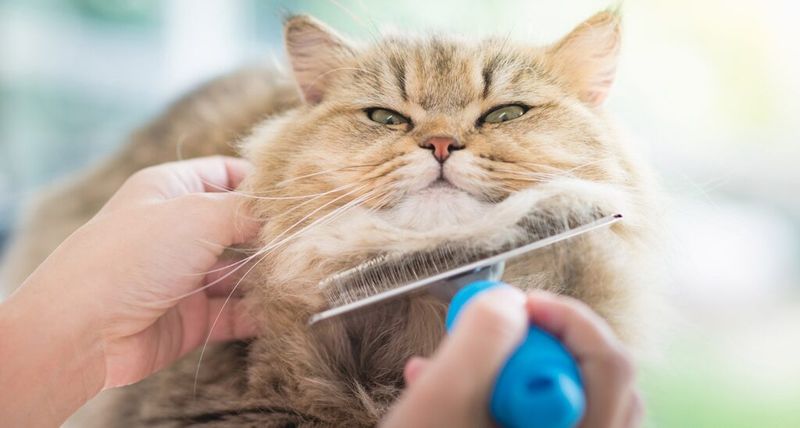
Sometimes professional help becomes necessary, especially for severely matted coats or when health issues make home grooming difficult. Not all groomers specialize in senior cats, so choose carefully.
Ask potential groomers about their experience with elderly cats. Request shorter appointments to reduce stress. Mobile groomers who come to your home often work better for seniors, eliminating stressful car rides and unfamiliar environments.

